Unbounded memory usage by TCP for receive buffers, and how we fixed it


At Cloudflare, we are constantly monitoring and optimizing the performance and resource utilization of our systems. Recently, we noticed that some of our TCP sessions were allocating more memory than expected.
The Linux kernel allows TCP sessions that match certain characteristics to ignore memory allocation limits set by autotuning and allocate excessive amounts of memory, all the way up to net.ipv4.tcp_rmem max (the per-session limit). On Cloudflare’s production network, there are often many such TCP sessions on a server, causing the total amount of allocated TCP memory to reach net.ipv4.tcp_mem thresholds (the server-wide limit). When that happens, the kernel imposes memory use constraints on all TCP sessions, not just the ones causing the problem. Those constraints have a negative impact on throughput and latency for the user. Internally within the kernel, the problematic sessions trigger TCP collapse processing, “OFO” pruning (dropping of packets already received and sitting in the out-of-order queue), and the dropping of newly arriving packets.
This blog post describes in detail the root cause of the problem and shows the test results of a solution.
TCP receive buffers are excessively big for some sessions
Our journey began when we started noticing a lot Continue reading
Recapping Developer Week


Developer Week 2023 is officially a wrap. Last week, we shipped 34 posts highlighting what has been going on with our developer platform and where we’re headed in the future – including new products & features, in-depth tutorials to help you get started, and customer stories to inspire you.
We’ve loved already hearing feedback from you all about what we’ve shipped:
🤯 Serverless machine learning deployments - OMG! We used to need a team of devops to deploy a todo list MVP, it’s now 3 clicks with workers. They’re gonna do the same with ML workloads. Just like that. Boom. https://t.co/AcKUQ79fv0
— Thibaut Tiberghien (@tibotiber) May 16, 2023
.@Cloudflare is totally rocking it with these AI releases 🤘 https://t.co/7dQb6TUWg3
— Philipp Tsipman (@ptsi) May 17, 2023
Love this direction, for open source, for demos and running things on edge.
— Altryne - targum.video (@altryne) May 15, 2023
It's still in development, but as someone who've built an AI product on top of Cloudflare and has been asking for something like this, I'm really excited! https://t.co/AnywRDqecb
I've been waiting for this. Next on my list is a @remix_run app using @CockroachDB deployed to Workers. The new multi-region Continue reading
Launching our new Open Source Software Sponsorships Program


In 2018, we first launched our Open Source Software Sponsorships program, and since then, we've been listening to your feedback, and realized that it's time to introduce a fresh and enhanced version of the program that's more inclusive and better addresses the needs of the OSS community.

Previously, our sponsorship focused on engineering tools, but we're excited to announce that we've now opened it to include any non-profit and open source projects.
Program criteria and eligibility
To qualify for our Open Source Sponsorship Program, projects must be open source and meet the following criteria:
- Operate on a non-profit basis.
- Include a link back to our home page.
Please keep in mind that this program isn't intended for event sponsorships, but rather for project-based support.
Sponsorship benefits
As part of our sponsorship program, we offer the following benefits to projects:
- Free Cloudflare Pro Plan zone upgrade.
- Access to requested products (subject to the approval of the product team).
- Additional resources and support through our community forums and Discord server.
Can Cloudflare help your open source project be successful and sustainable? Fill out the application form to submit your project Continue reading
Announcing Cohort #2 of the Workers Launchpad


We launched the $2B Workers Launchpad Funding Program in late 2022 to help support the over one million developers building on Cloudflare’s Developer Platform, many of which are startups leveraging Cloudflare to ship faster, scale more efficiently, and accelerate their growth.
Cohort #1 wrap-up
Since announcing the program just a few months ago, we have welcomed 25 startups from all around the world into our inaugural cohort and recently wrapped up the program with the Demo Day. Cohort #1 gathered weekly for Office Hours with our Solutions Architects for technical advice and the Founders Bootcamp, where they spent time with Cloudflare leadership, preview upcoming products with our Developer Platform Product Managers, and receive advice on a wide range of topics such as how to build Sales teams and think about the right pricing model for your product.
Learn more about what these companies are building and what they’ve been up to below:
Authdog
Identity and Access Management streamlined.
Demo Day pitch
Why they chose Cloudflare
“Cloudflare is the de facto Infrastructure for building resilient serverless products, it was a no-brainer to migrate to Cloudflare Workers to build the most frictionless experience for our customers.”
Recent updates
Learn more about Continue reading
More Node.js APIs in Cloudflare Workers — Streams, Path, StringDecoder
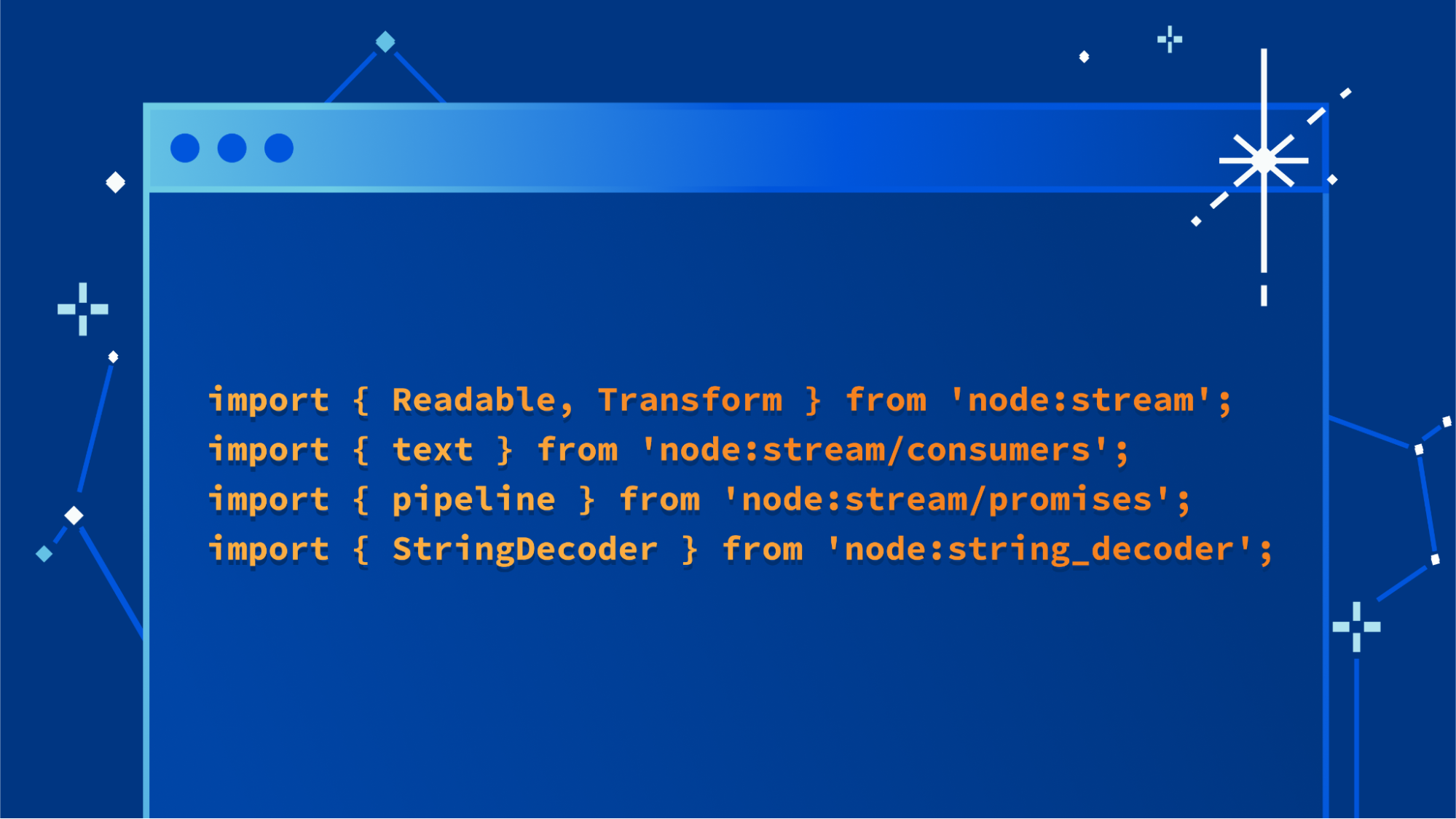
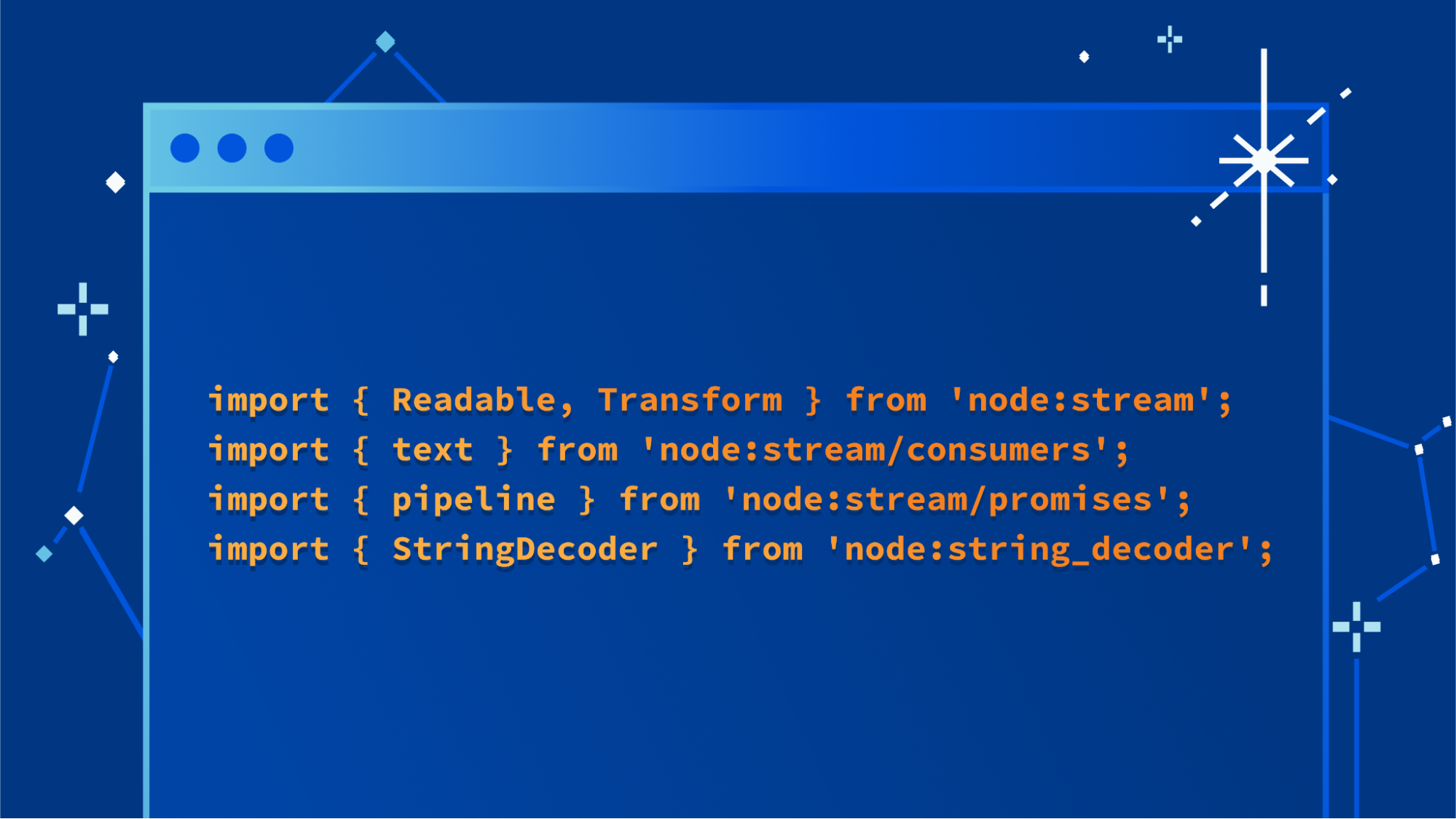
Today we are announcing support for three additional APIs from Node.js in Cloudflare Workers. This increases compatibility with the existing ecosystem of open source npm packages, allowing you to use your preferred libraries in Workers, even if they depend on APIs from Node.js.
We recently added support for AsyncLocalStorage, EventEmitter, Buffer, assert and parts of util. Today, we are adding support for:
- Node.js Streams
- Path
- StringDecoder
We are also sharing a preview of a new module type, available in the open-source Workers runtime, that mirrors a Node.js environment more closely by making some APIs available as globals, and allowing imports without the node: specifier prefix.
You can start using these APIs today, in the open-source runtime that powers Cloudflare Workers, in local development, and when you deploy your Worker. Get started by enabling the nodejs_compat compatibility flag for your Worker.
Stream
The Node.js streams API is the original API for working with streaming data in JavaScript that predates the WHATWG ReadableStream standard. Now, a full implementation of Node.js streams (based directly on the official implementation provided by the Node.js project) is available within the Workers runtime.
Let's start with a quick example:
Continue readingCloudflare Queues: messages at your speed with consumer concurrency and explicit acknowledgement
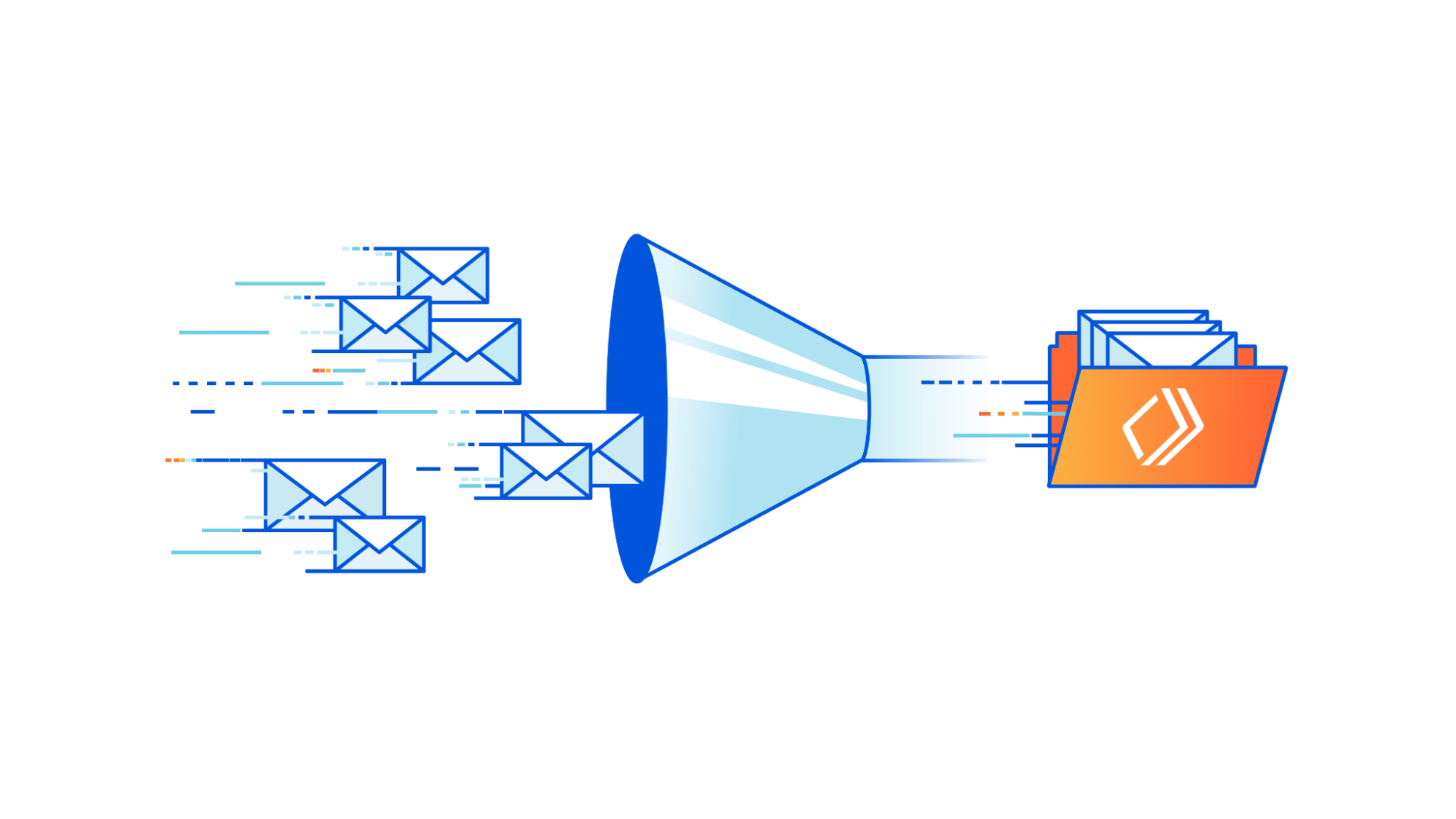
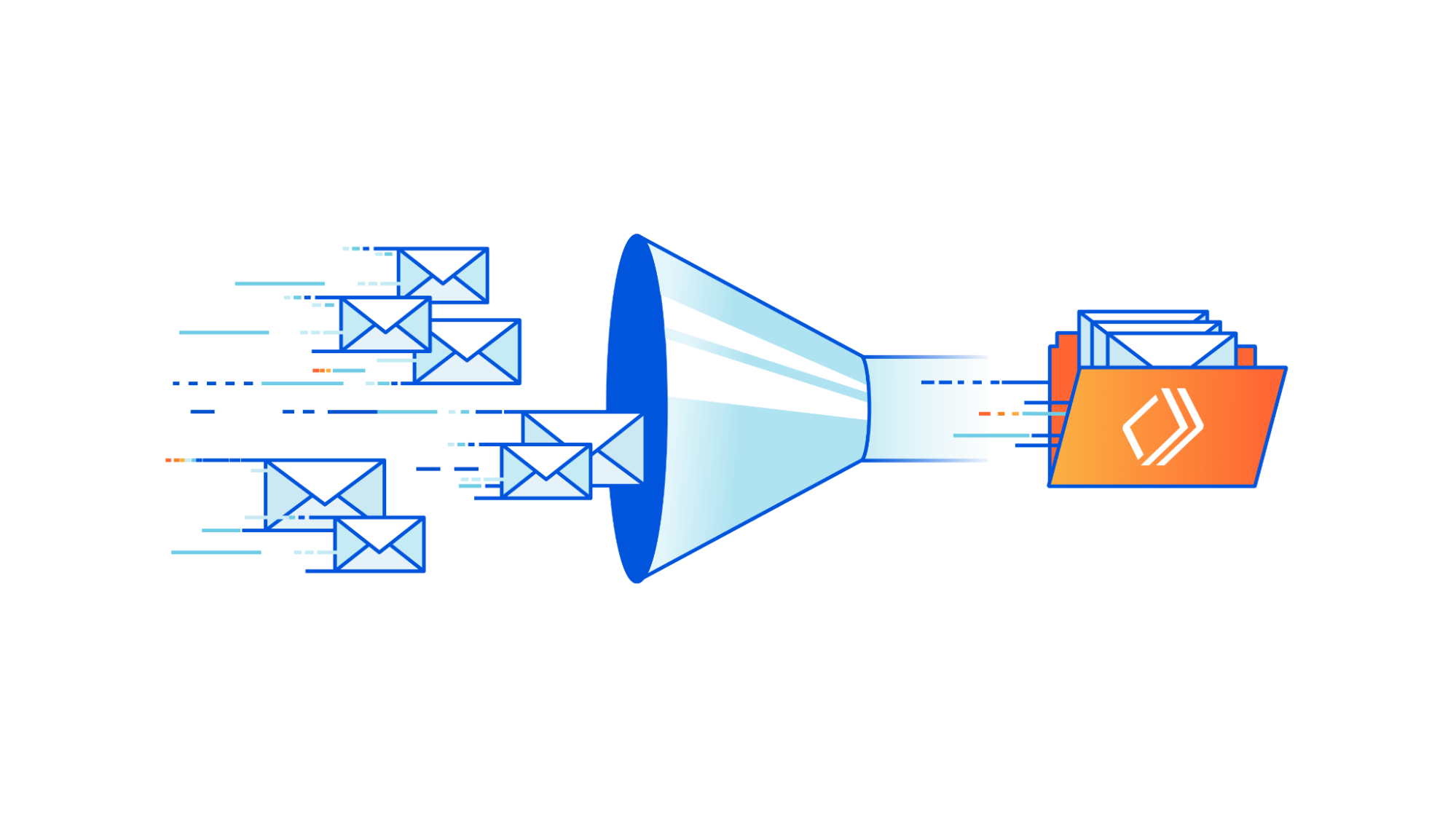
Communicating between systems can be a balancing act that has a major impact on your business. APIs have limits, billing frequently depends on usage, and end-users are always looking for more speed in the services they use. With so many conflicting considerations, it can feel like a challenge to get it just right. Cloudflare Queues is a tool to make this balancing act simple. With our latest features like consumer concurrency and explicit acknowledgment, it’s easier than ever for developers to focus on writing great code, rather than worrying about the fees and rate limits of the systems they work with.
Queues is a messaging service, enabling developers to send and receive messages across systems asynchronously with guaranteed delivery. It integrates directly with Cloudflare Workers, making for easy message production and consumption working with the many products and services we offer.
What’s new in Queues?
Consumer concurrency
Oftentimes, the systems we pull data from can produce information faster than other systems can consume them. This can occur when consumption involves processing information, storing it, or sending and receiving information to a third party system. The result of which is that sometimes, a queue can fall behind where it should be. Continue reading
Workers Browser Rendering API enters open beta

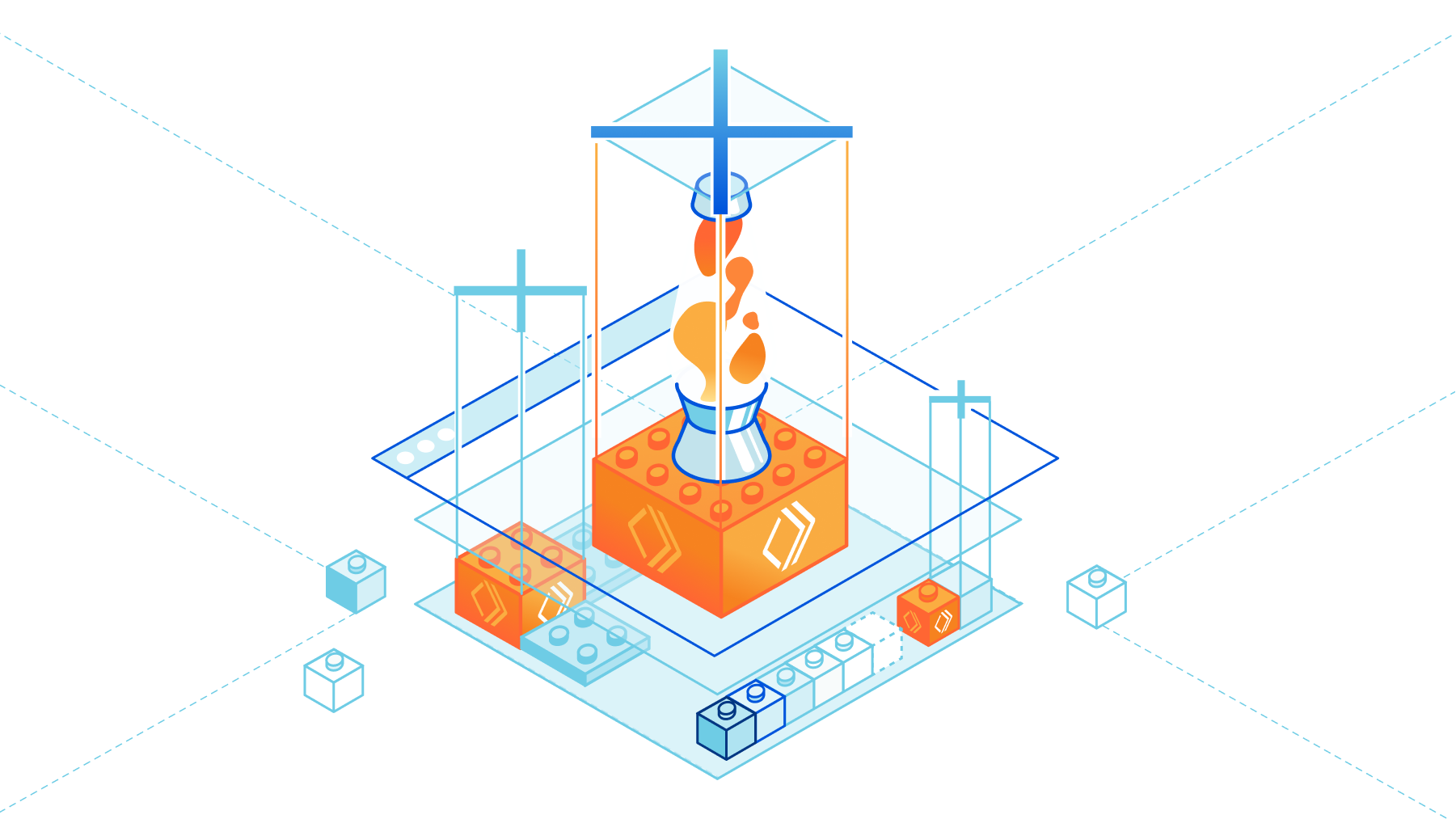
The Workers Browser Rendering API allows developers to programmatically control and interact with a headless browser instance and create automation flows for their applications and products.
Since the private beta announcement, based on the feedback we've been receiving and our own roadmap, the team has been working on the developer experience and improving the platform architecture for the best possible performance and reliability. Today we enter the open beta and will start onboarding the customers on the wait list.
Developer experience
Starting today, Wrangler, our command-line tool for configuring, building, and deploying applications with Cloudflare developer products, has support for the Browser Rendering API bindings.
You can install Wrangler Beta using npm:
npm install wrangler --save-dev
Bindings allow your Workers to interact with resources on the Cloudflare developer platform. In this case, they will provide your Worker script with an authenticated endpoint to interact with a dedicated Chromium browser instance.
This is all you need in your wrangler.toml once this service is enabled for your account:
browser = { binding = "MYBROWSER", type = "browser" }
Now you can deploy any Worker script that requires Browser Rendering capabilities. You can spawn Chromium instances and interact with Continue reading
Developer Week Performance Update: Spotlight on R2


For developers, performance is everything. If your app is slow, it will get outclassed and no one will use it. In order for your application to be fast, every underlying component and system needs to be as performant as possible. In the past, we’ve shown how our network helps make your apps faster, even in remote places. We’ve focused on how Workers provides the fastest compute, even in regions that are really far away from traditional cloud datacenters.
For Developer Week 2023, we’re going to be looking at one of the newest Cloudflare developer offerings and how it compares to an alternative when retrieving assets from buckets: R2 versus Amazon Simple Storage Service (S3). Spoiler alert: we’re faster than S3 when serving media content via public access. Our test showed that on average, Cloudflare R2 was 20-40% faster than Amazon S3. For this test, we used 95th percentile Response tests, which measures the time it takes for a user to make a request to the bucket, and get the entirety of the response. This test was designed with the goal of measuring end-user performance when accessing content in public buckets.
In this blog we’re going to talk about why your Continue reading
D1: We turned it up to 11
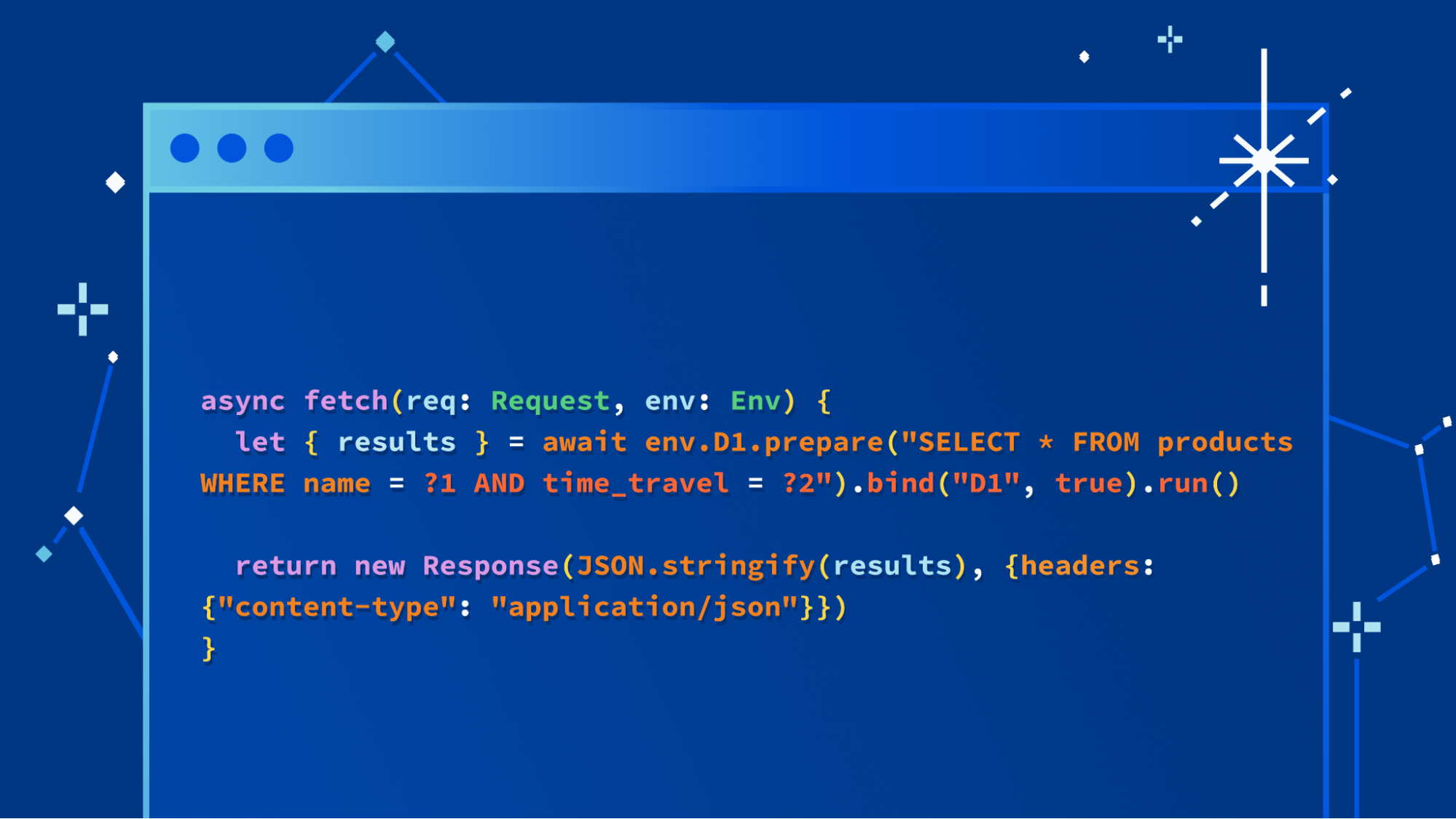
This post is also available in Deutsch, 简体中文, 日本語, Español, Français.
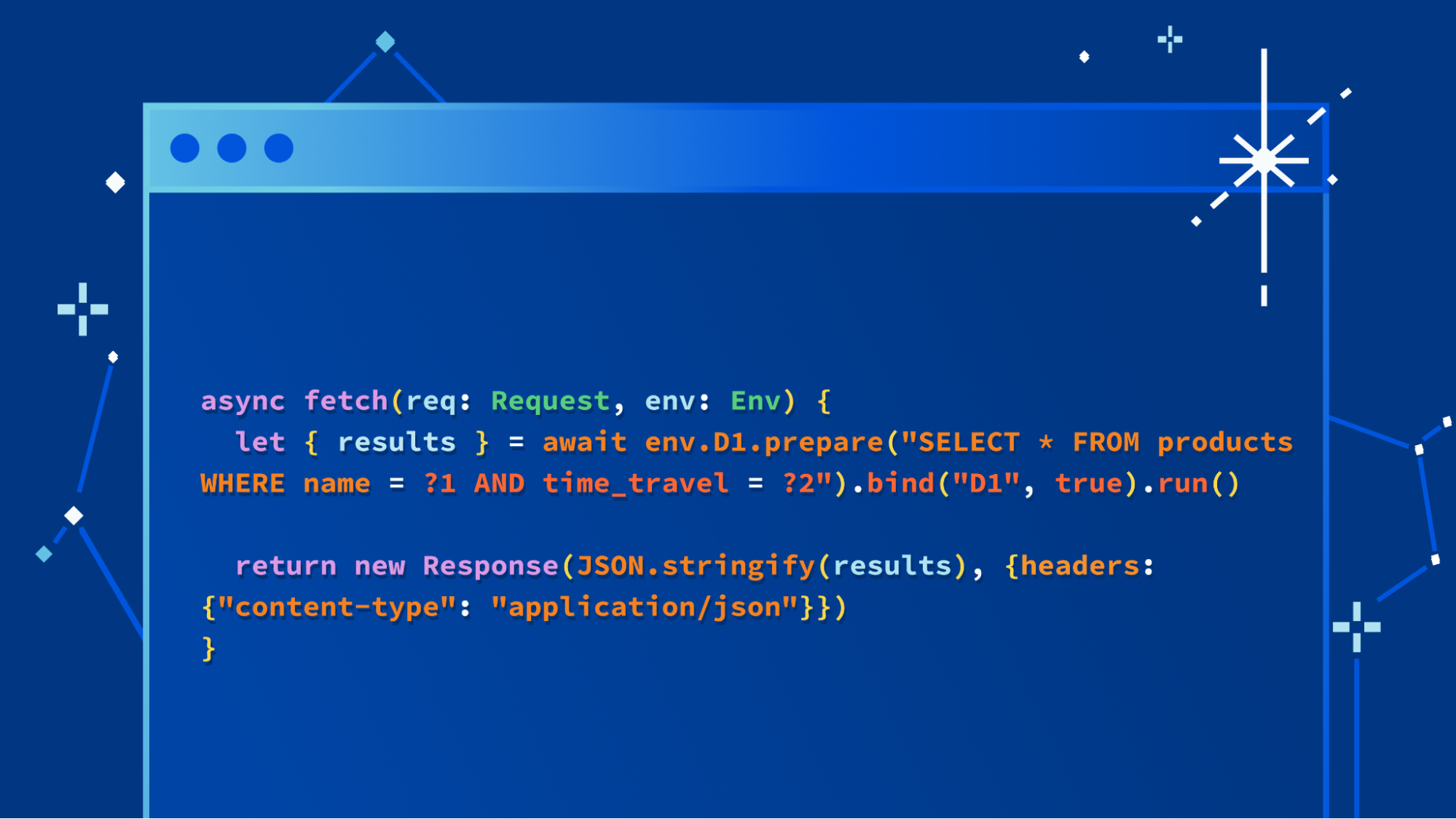
We’re not going to bury the lede: we’re excited to launch a major update to our D1 database, with dramatic improvements to performance and scalability. Alpha users (which includes any Workers user) can create new databases using the new storage backend right now with the following command:
$ wrangler d1 create your-database --experimental-backend
In the coming weeks, it’ll be the default experience for everyone, but we want to invite developers to start experimenting with the new version of D1 immediately. We’ll also be sharing more about how we built D1’s new storage subsystem, and how it benefits from Cloudflare’s distributed network, very soon.
Remind me: What’s D1?
D1 is Cloudflare’s native serverless database, which we launched into alpha in November last year. Developers have been building complex applications with Workers, KV, Durable Objects, and more recently, Queues & R2, but they’ve also been consistently asking us for one thing: a database they can query.
We also heard consistent feedback that it should be SQL-based, scale-to-zero, and (just like Workers itself), take a Region: Earth approach to replication. And so we took that feedback and set Continue reading
Improving customer experience in China using China Express


Global organizations have always strived to provide a consistent app experience for their Internet users all over the world. Cloudflare has helped in this endeavor with our mission to help build a better Internet. In 2021, we announced an upgraded Cloudflare China Network, in partnership with JD Cloud to help improve performance for users in China. With this option, Cloudflare customers can serve cached content locally within China without all requests having to go to a data center outside of China. This results in significant performance benefits for end users, but requests to the origin still need to travel overseas.
We wanted to go a step further to solve this problem. In early 2023, we launched China Express, a suite of connectivity and performance offerings in partnership with China Mobile International (CMI), CBC Tech and Niaoyun. One of the services available through China Express is Private Link, which is an optimized, high-quality circuit for overseas connectivity. Offered by our local partners, a more reliable and high performance connection from China to the global internet.
A real world example
“Acme Corp” is a global Online Shopping Platform business that serves lots of direct to consumer brands, transacting primarily over Continue reading
Announcing Cloudflare Secrets Store
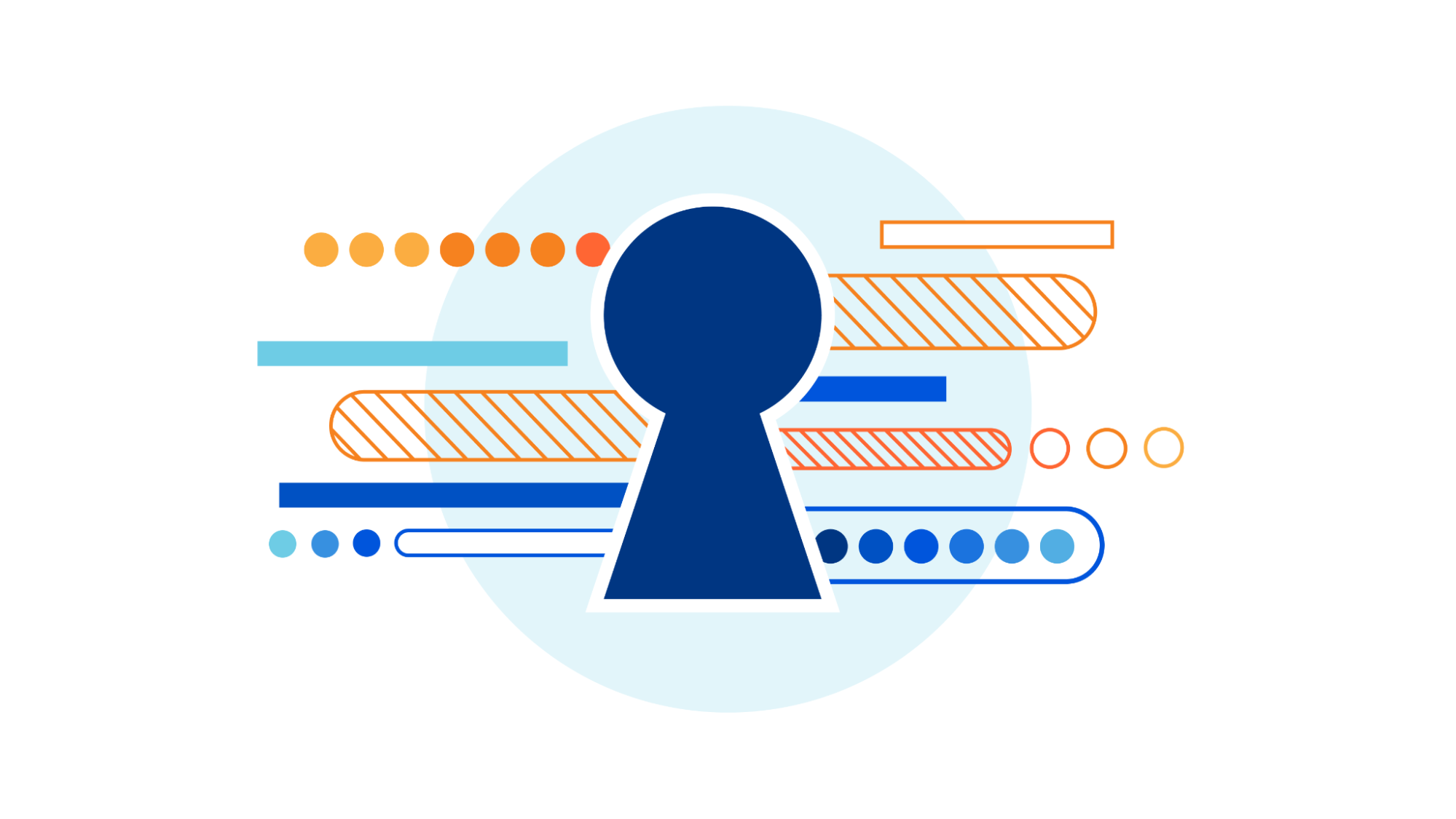
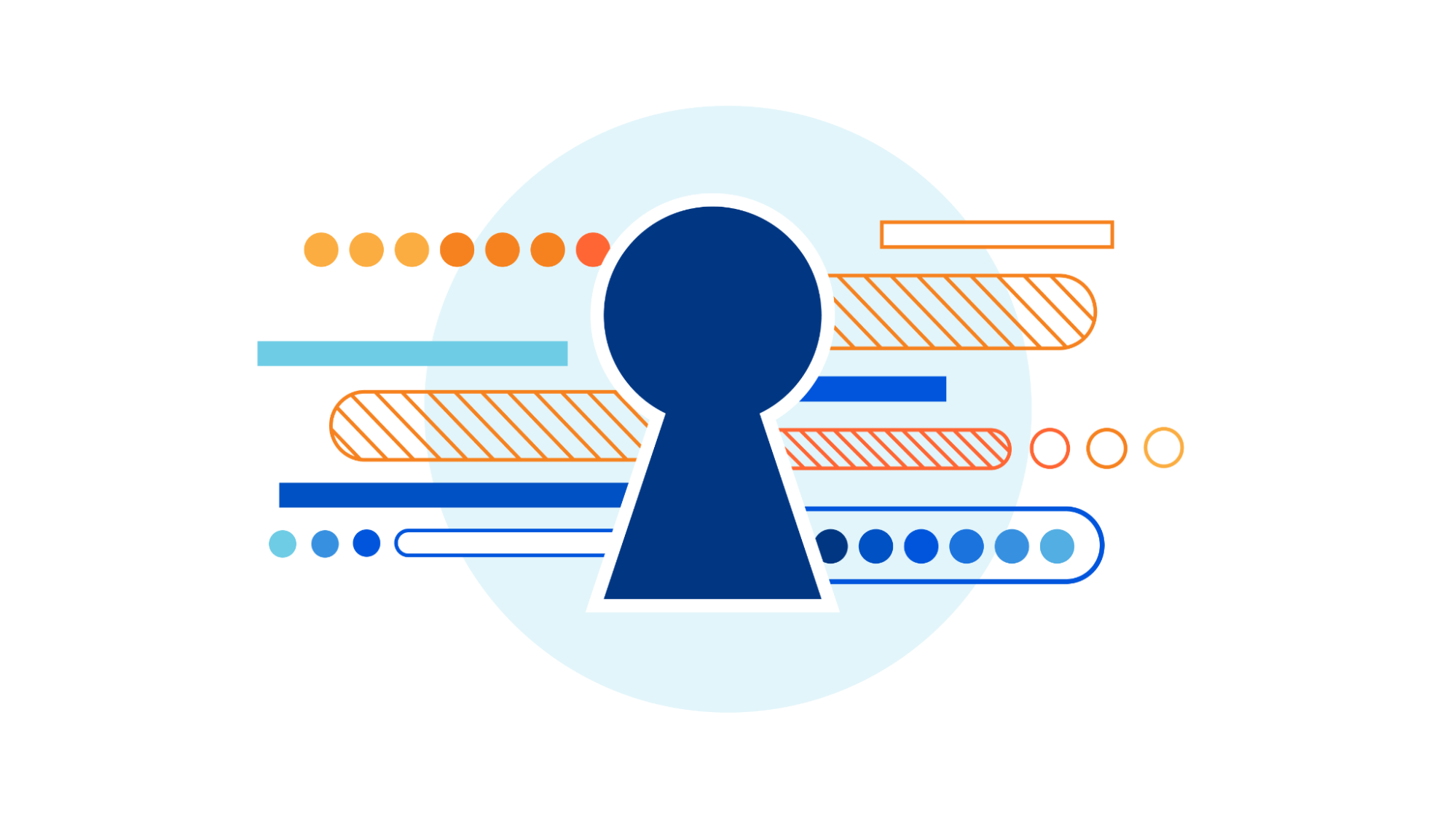
We’re excited to announce Secrets Store - Cloudflare’s new secrets management offering!
A secrets store does exactly what the name implies - it stores secrets. Secrets are variables that are used by developers that contain sensitive information - information that only authorized users and systems should have access to.
If you’re building an application, there are various types of secrets that you need to manage. Every system should be designed to have identity & authentication data that verifies some form of identity in order to grant access to a system or application. One example of this is API tokens for making read and write requests to a database. Failure to store these tokens securely could lead to unauthorized access of information - intentional or accidental.
The stakes with secret’s management are high. Every gap in the storage of these values has potential to lead to a data leak or compromise. A security administrator’s worst nightmare.
Developers are primarily focused on creating applications, they want to build quickly, they want their system to be performant, and they want it to scale. For them, secrets management is about ease of use, performance, and reliability. On the other hand, security administrators are tasked Continue reading
Using LangChainJS and Cloudflare Workers together
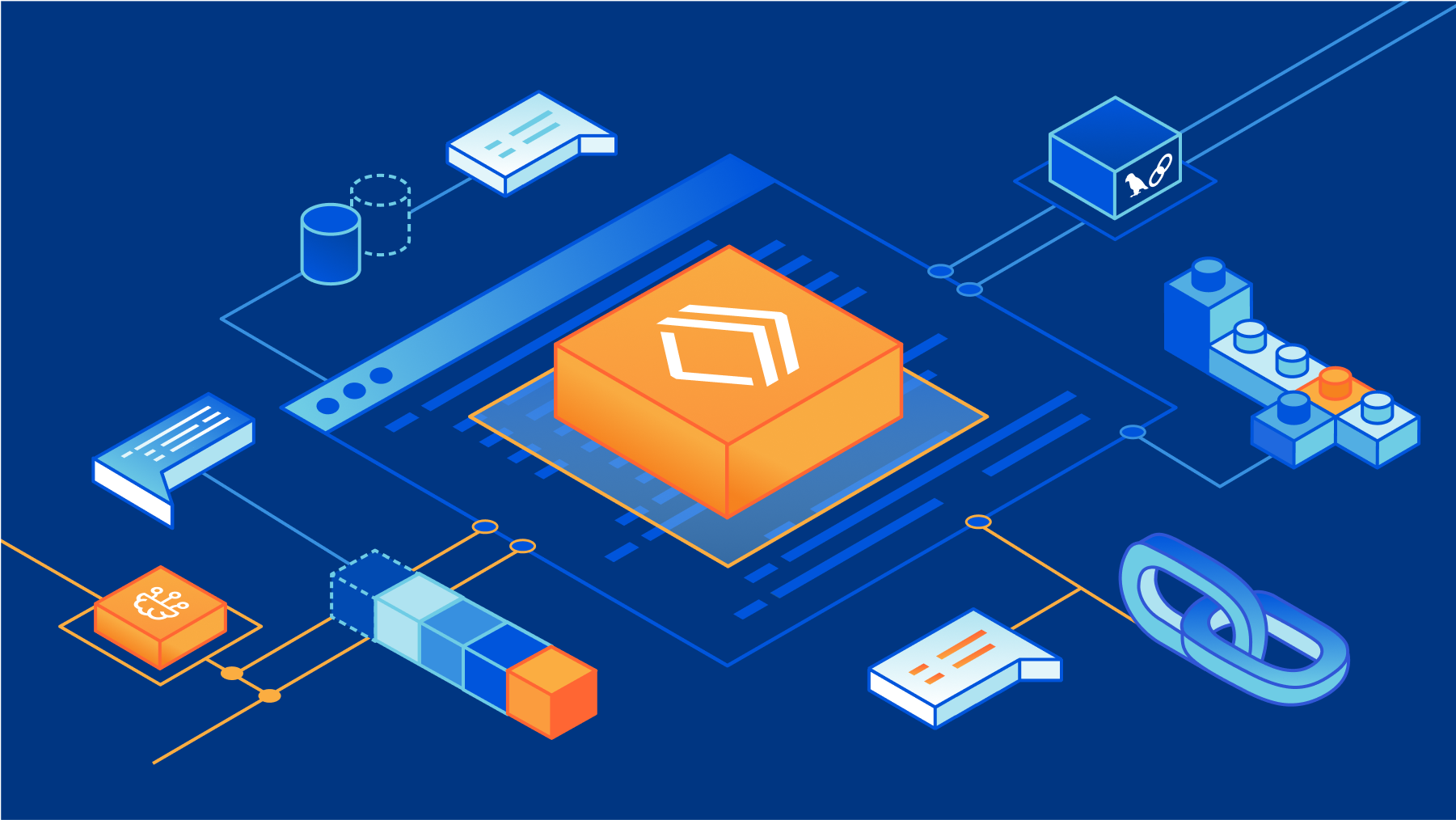
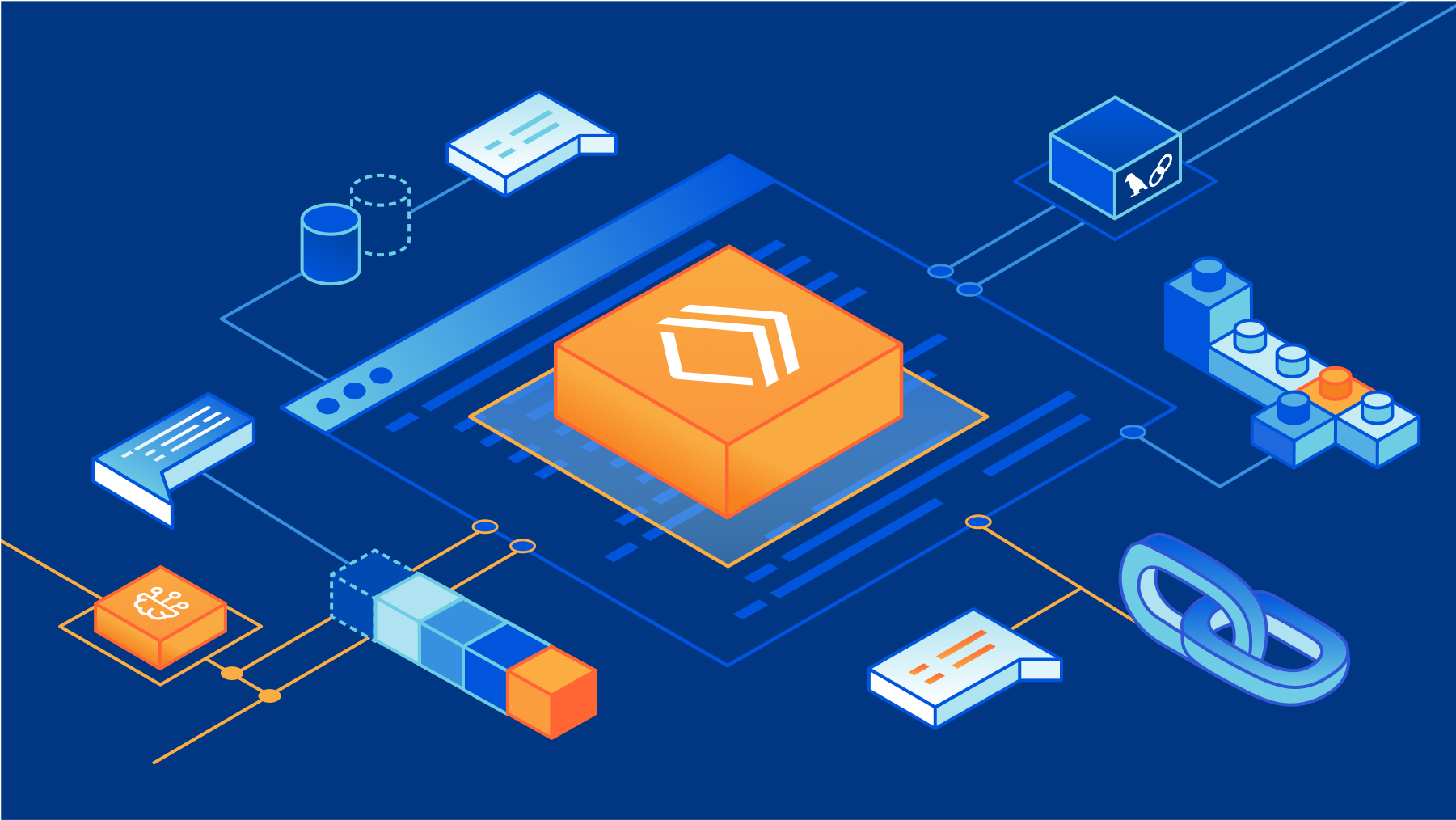
We are incredibly stoked that our friends at LangChain have announced LangChainJS Support for Multiple JavaScript Environments (including Cloudflare Workers). During Developer Week 2023 we wanted to celebrate this launch and our future collaborations with LangChain.
“Our goal for LangChain is to empower developers around the world to build with AI. We want LangChain to work wherever developers are building, and to spark their creativity to build new and innovative applications. With this new launch, we can't wait to see what developers build with LangChainJS and Cloudflare Workers. And we're excited to put more of Cloudflare's developer tools in the hands of our community in the coming months.” - Harrison Chase, Co-Founder and CEO, LangChain
In this post, we’ll share why we’re so excited about LangChain and walk you through how to build your first LangChainJS + Cloudflare Workers application.
For the uninitiated, LangChain is a framework for building applications powered by large language models (LLMs). It not only lets you fairly seamlessly switch between different LLMs, but also gives you the ability to chain prompts together. This allows you to build more sophisticated applications across multiple LLMs, something that would be way more complicated without the help Continue reading
How to secure Generative AI applications
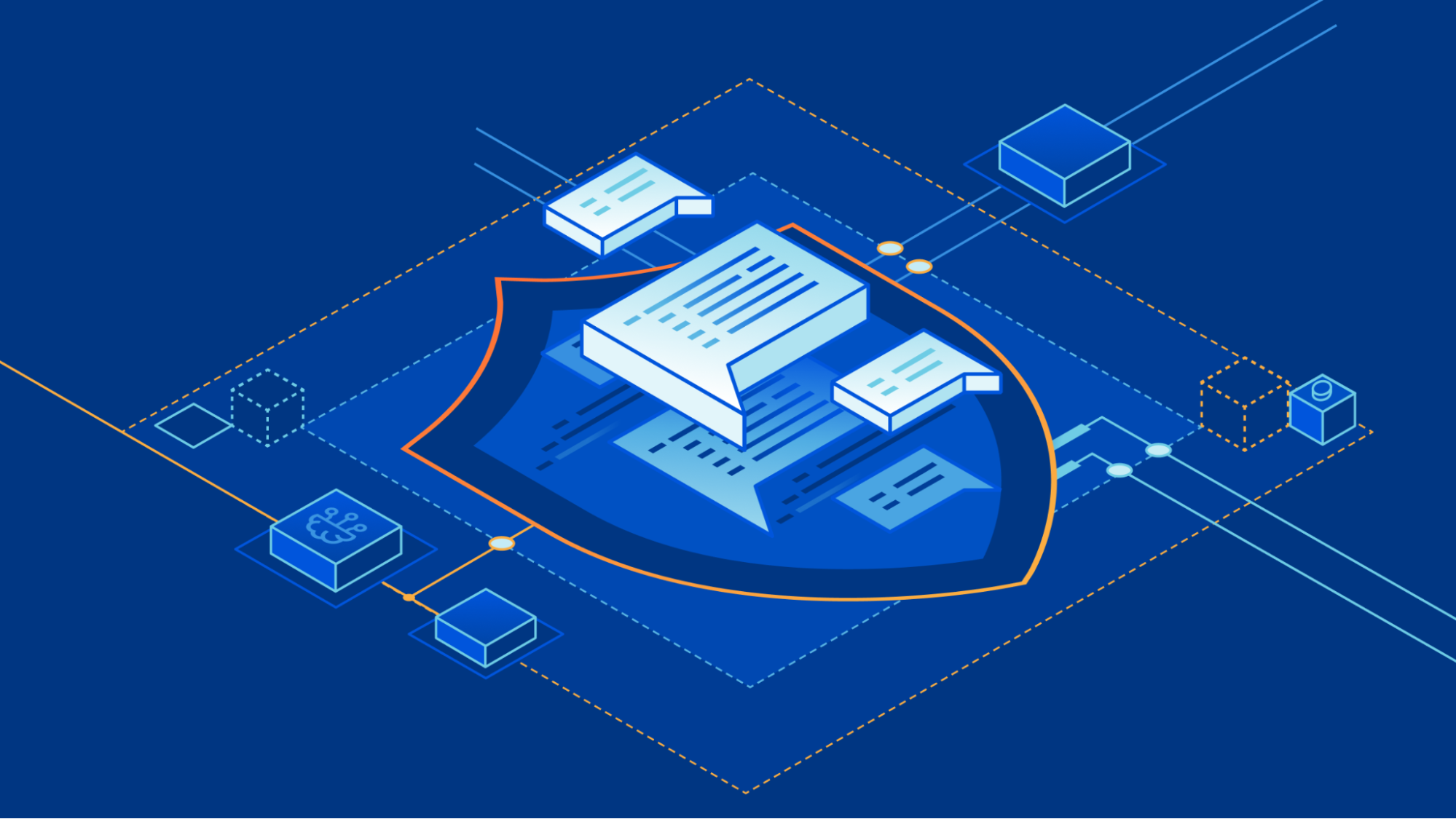
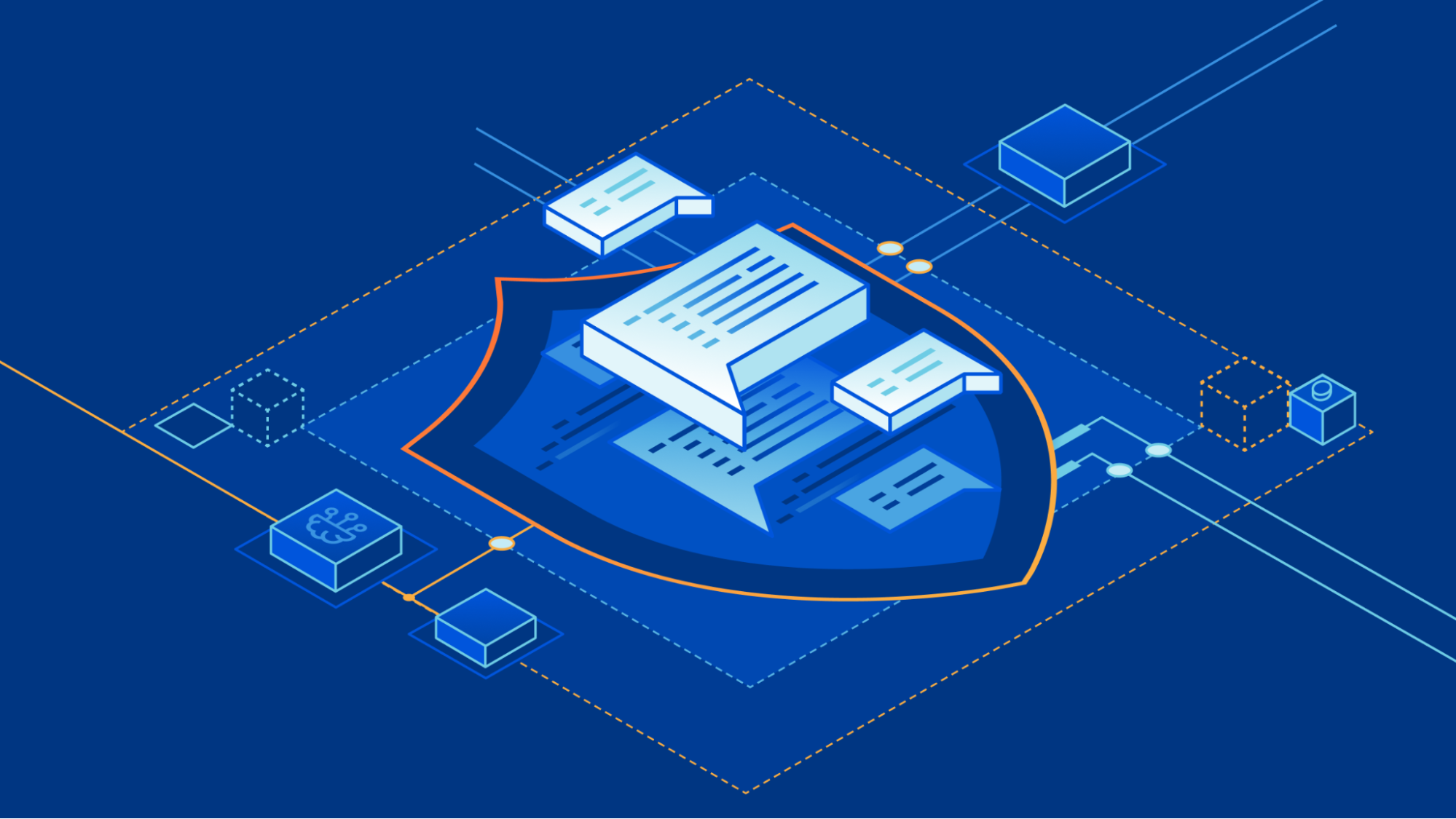
I remember when the first iPhone was announced in 2007. This was NOT an iPhone as we think of one today. It had warts. A lot of warts. It couldn’t do MMS for example. But I remember the possibility it brought to mind. No product before had seemed like anything more than a product. The iPhone, or more the potential that the iPhone hinted at, had an actual impact on me. It changed my thinking about what could be.
In the years since no other product came close to matching that level of awe and wonder. That changed in March of this year. The release of GPT-4 had the same impact I remember from the iPhone launch. It’s still early, but it's opened the imagination, and fears, of millions of developers in a way I haven’t seen since that iPhone announcement.
That excitement has led to an explosion of development and hundreds of new tools broadly grouped into a category we call generative AI. Generative AI systems create content mimicking a particular style. New images that look like Banksy or lyrics that sound like Taylor Swift. All of these Generative AI tools, whether built on top of GPT-4 or something Continue reading
Building Cloudflare on Cloudflare


Cloudflare’s website, application security and performance products handle upwards of 46 million HTTP requests per second, every second. These products were originally built as a set of native Linux services, but we’re increasingly building parts of the system using our Cloudflare Workers developer platform to make these products faster, more robust, and easier to develop. This blog post digs into how and why we’re doing this.
System architecture
Our architecture can best be thought of as a chain of proxies, each communicating over HTTP. At first, these proxies were all implemented based on NGINX and Lua, but in recent years many of them have been replaced - often by new services built in Rust, such as Pingora.
The proxies each have distinct purposes - some obvious, some less so. One which we’ll be discussing in more detail is the FL service, which performs “Front Line” processing of requests, applying customer configuration to decide how to handle and route the request.

This architecture has worked well for more than a decade. It allows parts of the system to be developed and deployed independently, parts of the system to be scaled independently, and traffic to be routed to different nodes in Continue reading
How Cloudflare is powering the next generation of platforms with Workers
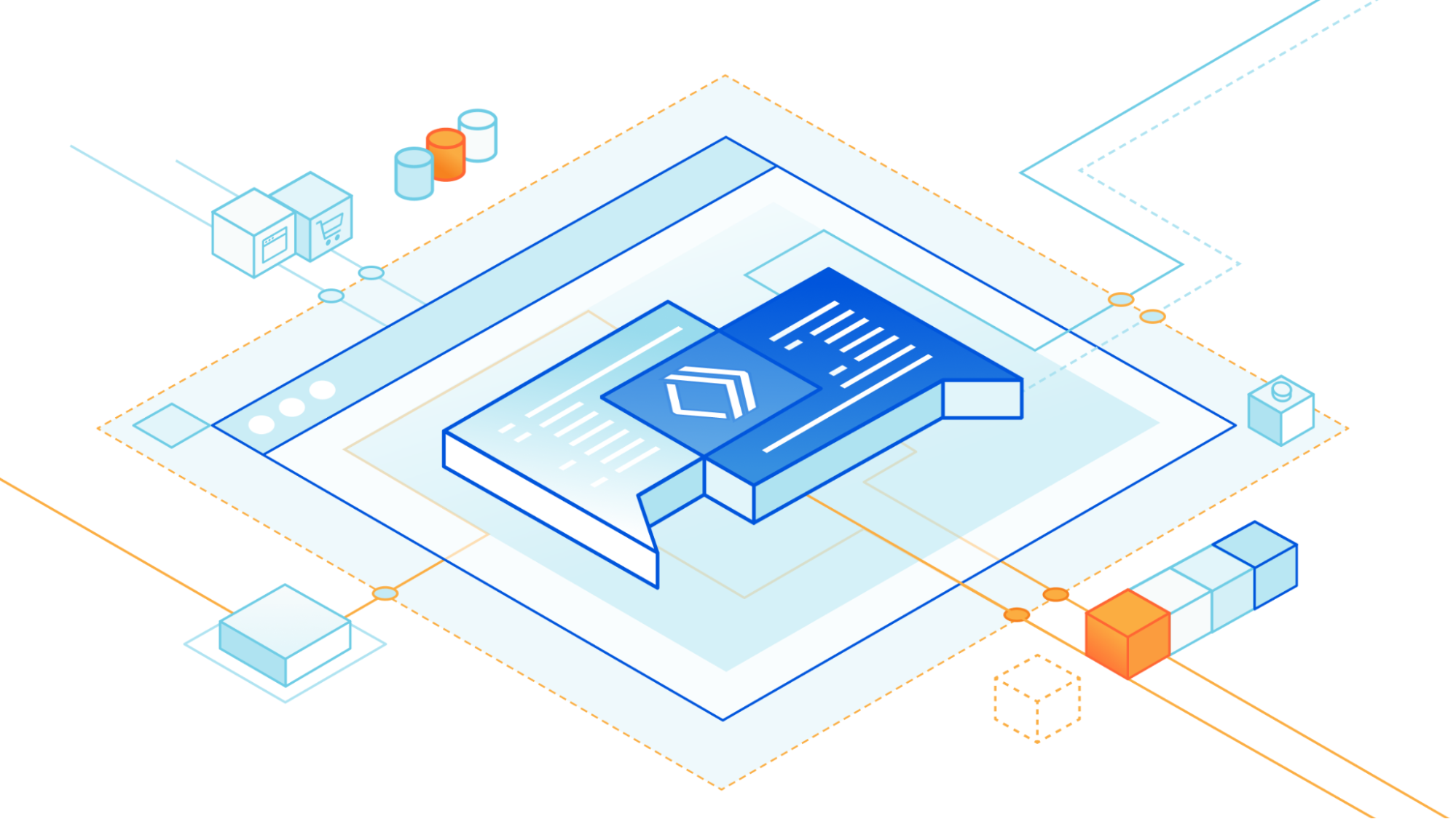
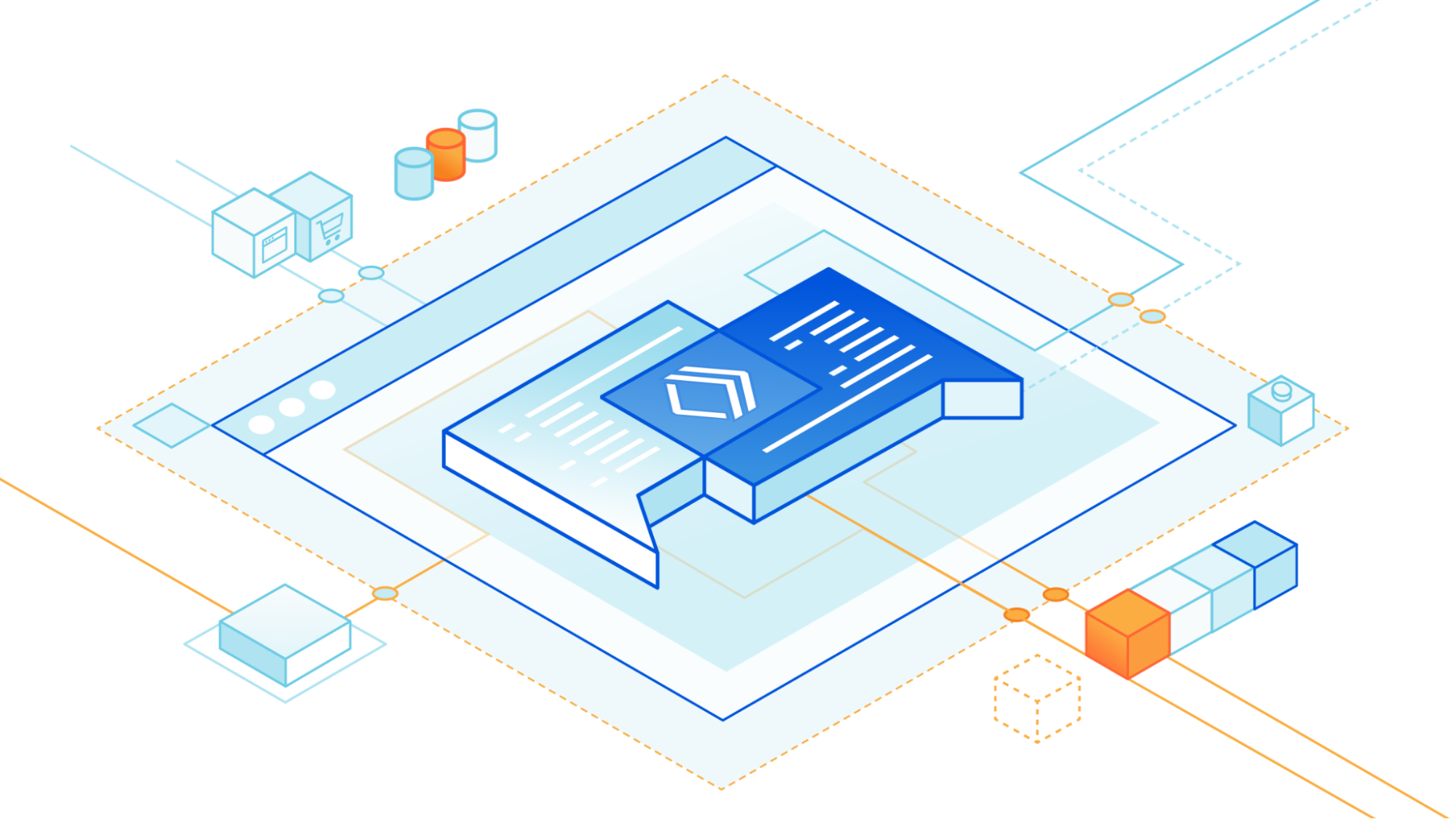
We launched Workers for Platforms, our Workers offering for SaaS businesses, almost exactly one year ago to the date! We’ve seen a wide array of customers using Workers for Platforms – from e-commerce to CMS, low-code/no-code platforms and also a new wave of AI businesses running tailored inference models for their end customers!
Let’s take a look back and recap why we built Workers for Platforms, show you some of the most interesting problems our customers have been solving and share new features that are now available!
What is Workers for Platforms?
SaaS businesses are all too familiar with the never ending need to keep up with their users' feature requests. Thinking back, the introduction of Workers at Cloudflare was to solve this very pain point. Workers gave our customers the power to program our network to meet their specific requirements!
Need to implement complex load balancing across many origins? Write a Worker. Want a custom set of WAF rules for each region your business operates in? Go crazy, write a Worker.
We heard the same themes coming up with our customers – which is why we partnered with early customers to build Workers for Platforms. We worked with the Continue reading
Making Cloudflare the best place for your web applications

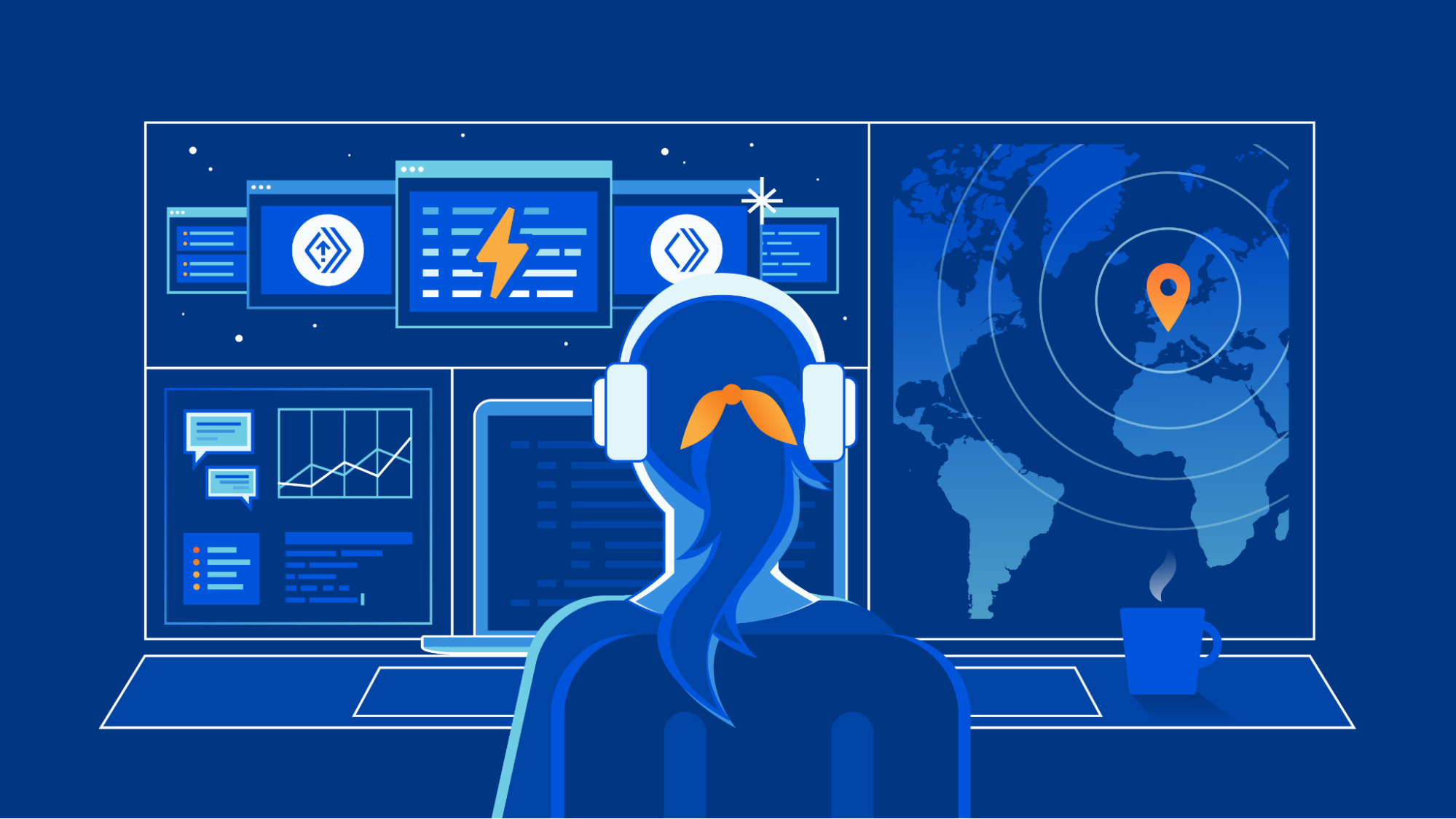
Hey web developers! We are about to shake things up a bit here at Cloudflare and wanted to give you a heads-up, so that you know what we are doing and where we are going. You might know Cloudflare as one of the best places to come to when you need to protect, speed up, or scale your web application, but increasingly Cloudflare is also becoming the best place to deploy and run your application!
Why deploy your application to Cloudflare? Two simple reasons. First, it removes lots of hassle of managing many separate systems and allows you to develop, deploy, monitor, and tune your application all in one place. Second, by deploying to Cloudflare directly, there is so much more we can do to optimize your application and get it to the hands, ears, or eyes of your users more quickly and smoothly.
So what’s changing? Quite a bit, actually. I’m not going to bore you with rehashing all the details as my most-awesome colleagues have written separate blog posts with all the details, but here is a high level rundown.
Cloudflare Workers + Pages = awesome development platform
Cloudflare Pages and Workers are merging into a single unified Continue reading
A whole new Quick Edit in Cloudflare Workers

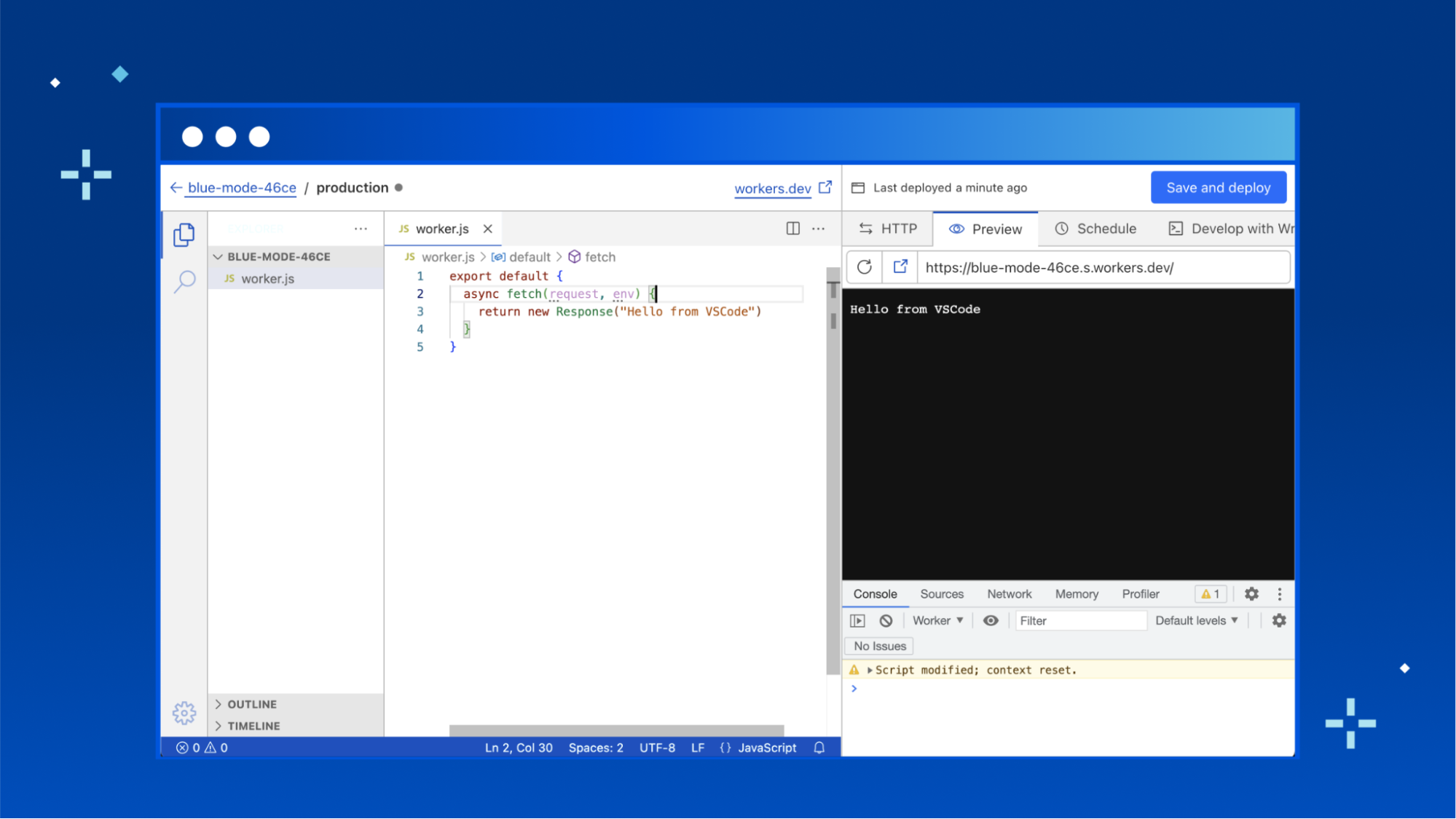
Quick Edit is a development experience for Cloudflare Workers, embedded right within the Cloudflare dashboard. It’s the fastest way to get up and running with a new worker, and lets you quickly preview and deploy changes to your code.
We’ve spent a lot of recent time working on upgrading the local development experience to be as useful as possible, but the Quick Edit experience for editing Workers has stagnated since the release of workers.dev. It’s time to give Quick Edit some love and bring it up to scratch with the expectations of today's developers.
Before diving into what’s changed—a quick overview of the current Quick Edit experience:
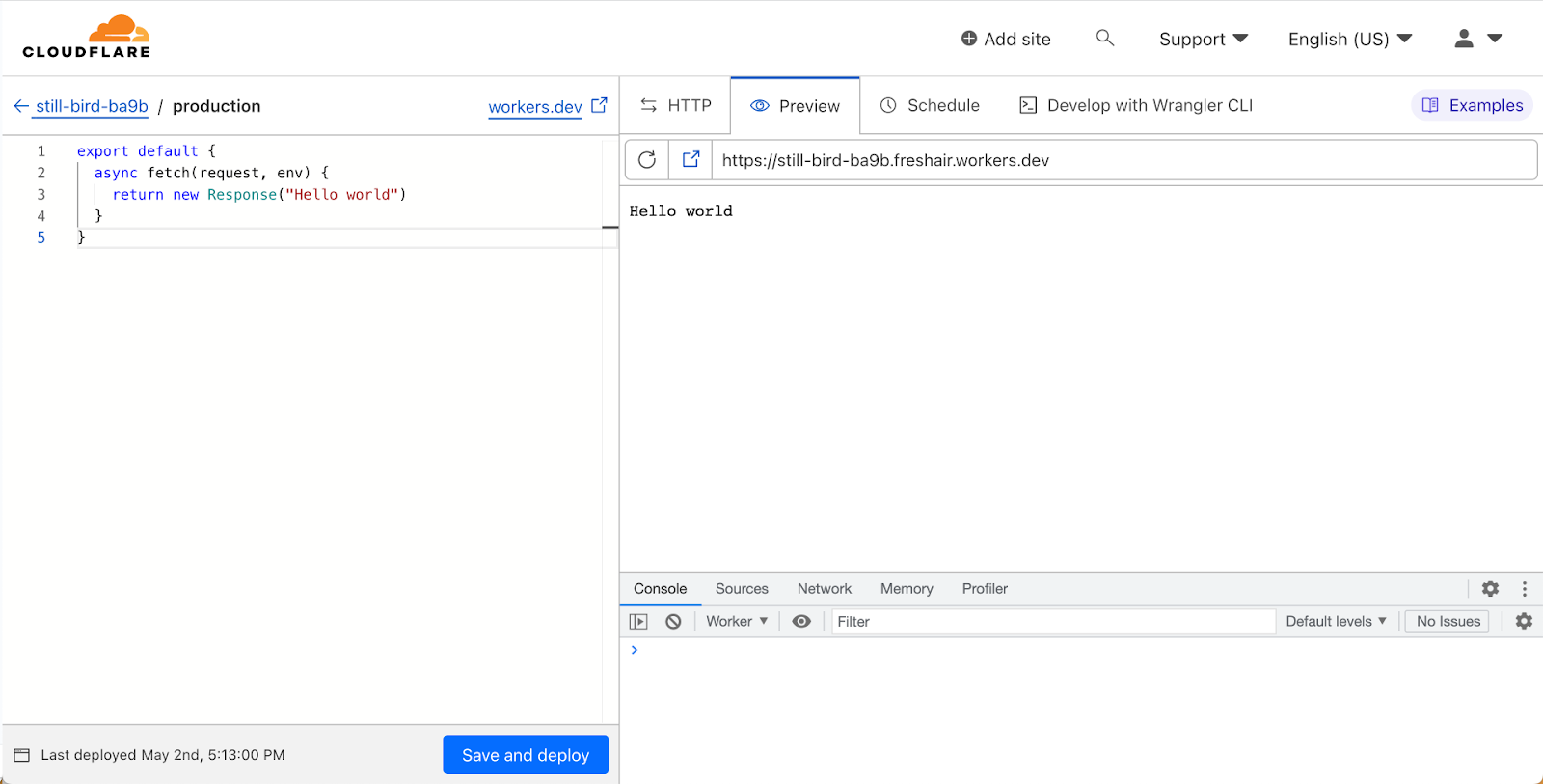
We used the robust Monaco editor, which took us pretty far—it’s even what VSCode uses under the hood! However, Monaco is fairly limited in what it can do. Developers are used to the full power of their local development environment, with advanced IntelliSense support and all the power of a full-fledged IDE. Compared to that, a single file text editor is a step-down in expressiveness and functionality.
VSCode for Web
Today, we’re rolling out a new Quick Edit experience for Workers, powered by VSCode for Web. This is a huge Continue reading
Bringing a unified developer experience to Cloudflare Workers and Pages
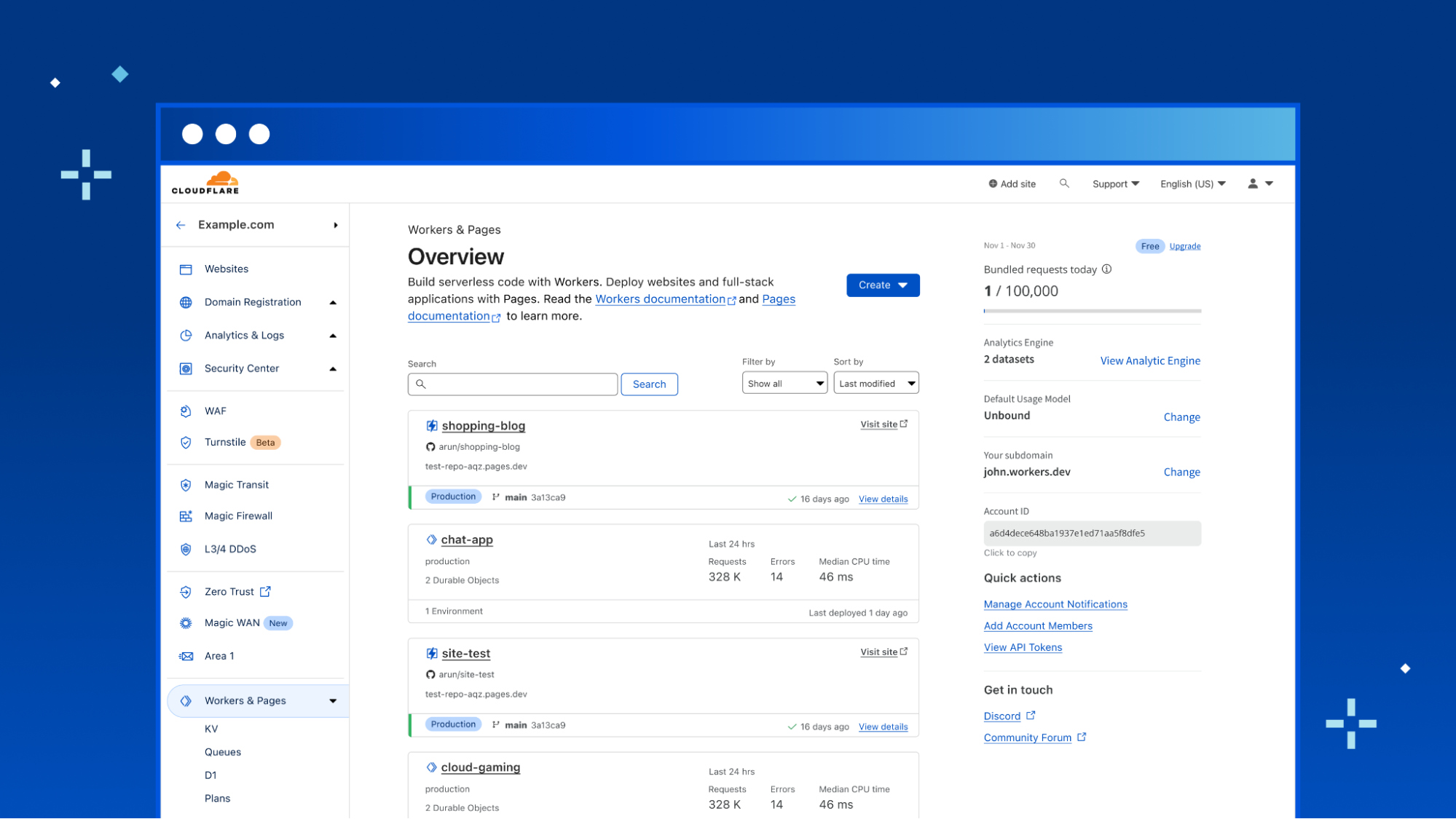
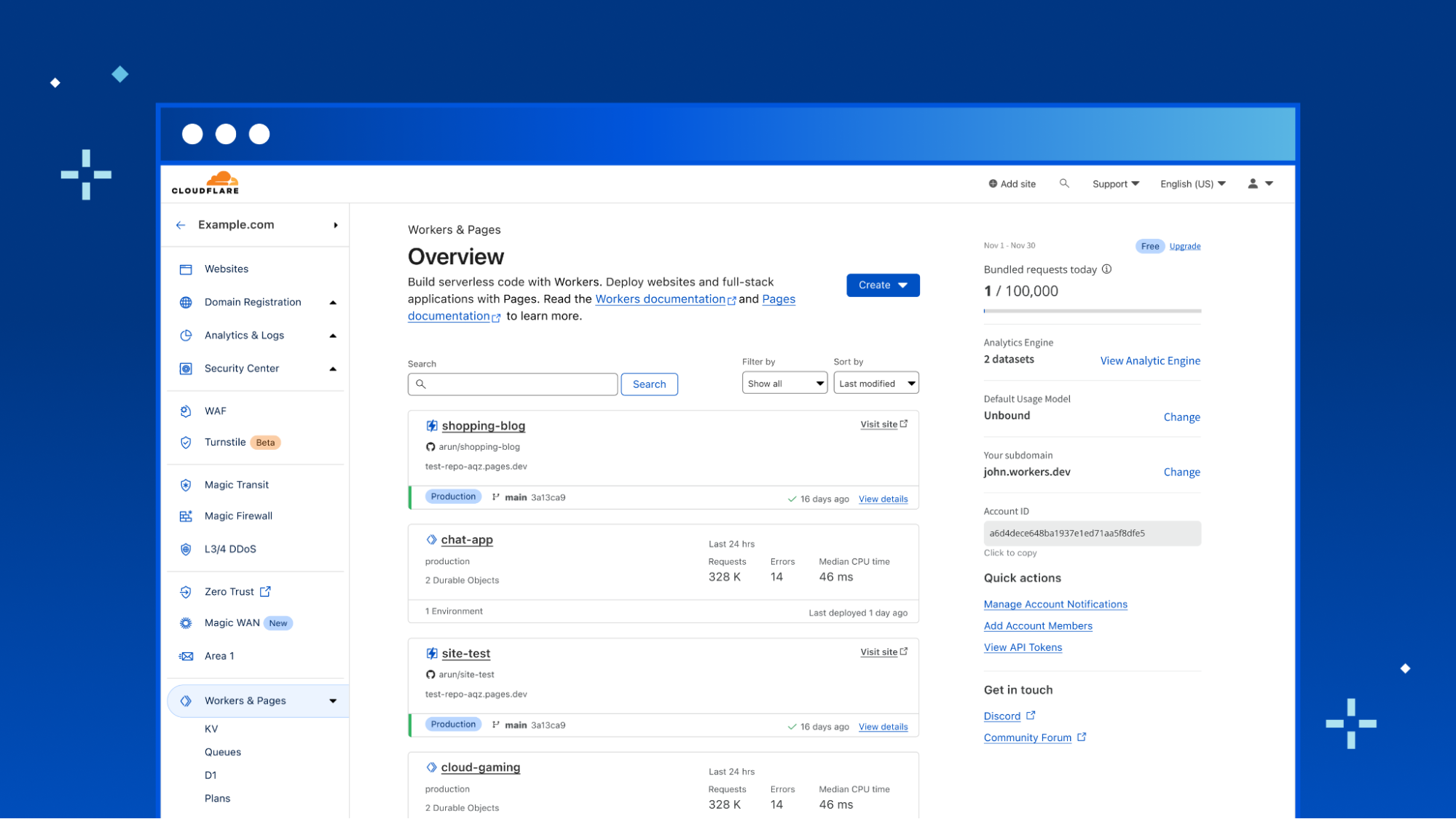
Today, we’re thrilled to announce that Pages and Workers will be joining forces into one singular product experience!
We’ve all been there. In a surge of creativity, you visualize in your head the application you want to build so clearly with the pieces all fitting together – maybe a server side rendered frontend and an SQLite database for your backend. You head to your computer with the wheels spinning. You know you can build it, you just need the right tools. You log in to your Cloudflare dashboard, but then you’re faced with an incredibly difficult decision:
Cloudflare Workers or Pages?
Both seem so similar at a glance but also different in the details, so which one is going to make your idea become a reality? What if you choose the wrong one? What are the tradeoffs between the two? These are questions our users should never have to think about, but the reality is, they often do. Speaking with our wide community of users and customers, we hear it ourselves! Decision paralysis hits hard when choosing between Pages and Workers with both products made to build out serverless applications.
In short, we don’t want this for our users — Continue reading
Modernizing the toolbox for Cloudflare Pages builds


Cloudflare Pages launched over two years ago in December 2020, and since then, we have grown Pages to build millions of deployments for developers. In May 2022, to support developers with more complex requirements, we opened up Pages to empower developers to create deployments using their own build environments — but that wasn't the end of our journey. Ultimately, we want to be able to allow anyone to use our build platform and take advantage of the git integration we offer. You should be able to connect your repository and have it just work on Cloudflare Pages.
Today, we're introducing a new beta version of our build system (a.k.a. "build image") which brings the default set of tools and languages up-to-date, and sets the stage for future improvements to builds on Cloudflare Pages. We now support the latest versions of Node.js, Python, Hugo and many more, putting you on the best path for any new projects that you undertake. Existing projects will continue to use the current build system, but this upgrade will be available to opt-in for everyone.
New defaults, new possibilities
The Cloudflare Pages build system has been updated to not only support new versions Continue reading
Improved local development with wrangler and workerd

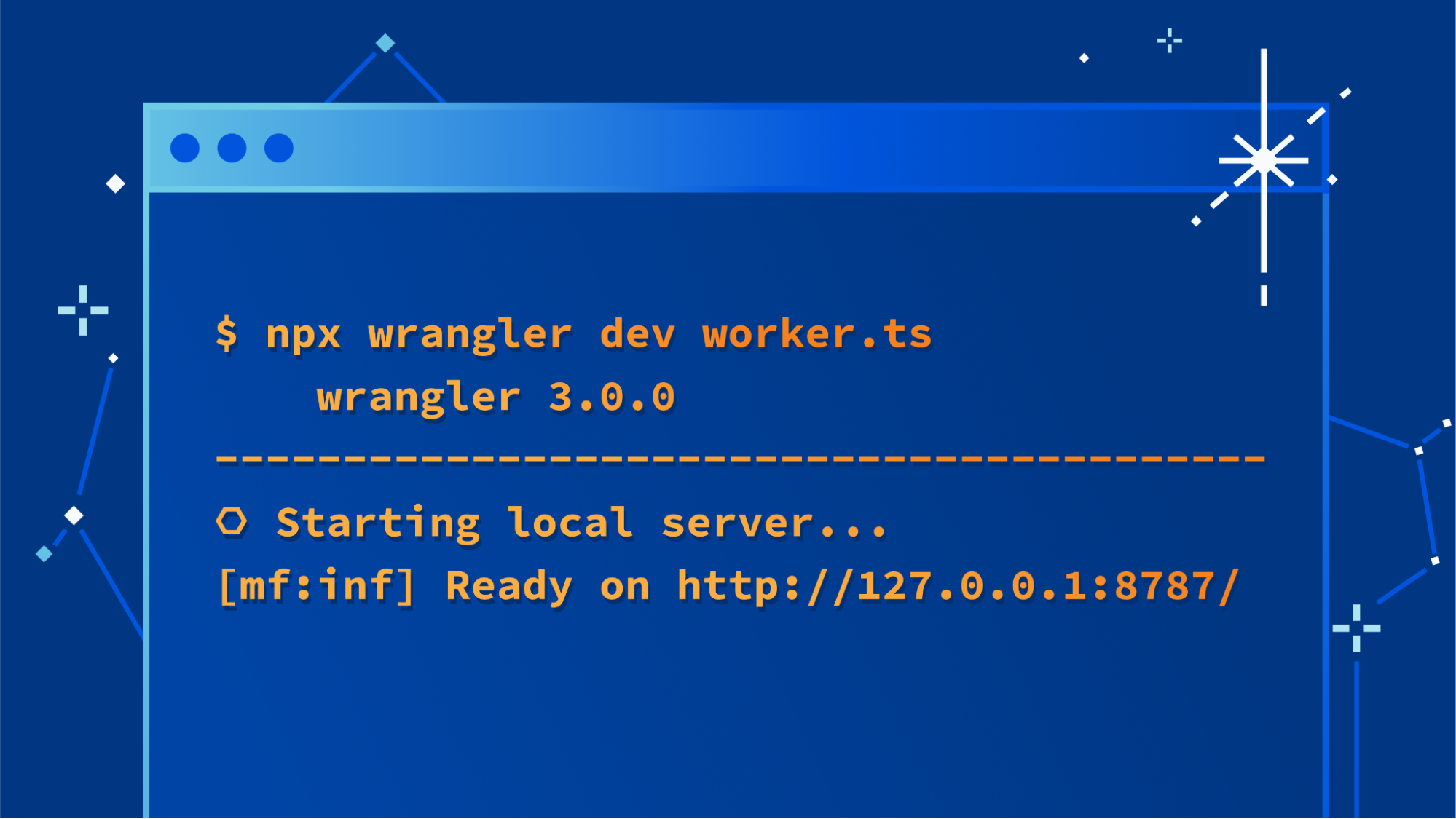
For over a year now, we’ve been working to improve the Workers local development experience. Our goal has been to improve parity between users' local and production environments. This is important because it provides developers with a fully-controllable and easy-to-debug local testing environment, which leads to increased developer efficiency and confidence.
To start, we integrated Miniflare, a fully-local simulator for Workers, directly into Wrangler, the Workers CLI. This allowed users to develop locally with Wrangler by running wrangler dev --local. Compared to the wrangler dev default, which relied on remote resources, this represented a significant step forward in local development. As good as it was, it couldn’t leverage the actual Workers runtime, which led to some inconsistencies and behavior mismatches.
Last November, we announced the experimental version of Miniflare v3, powered by the newly open-sourced workerd runtime, the same runtime used by Cloudflare Workers. Since then, we’ve continued to improve upon that experience both in terms of accuracy with the real runtime and in cross-platform compatibility.
As a result of all this work, we are proud to announce the release of Wrangler v3 – the first version of Wrangler with local-by-default development.